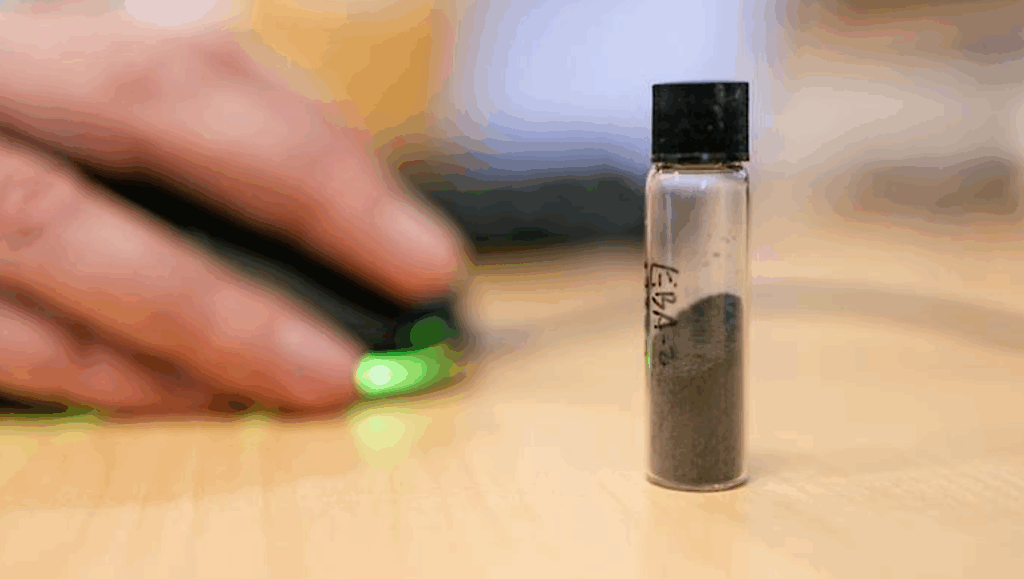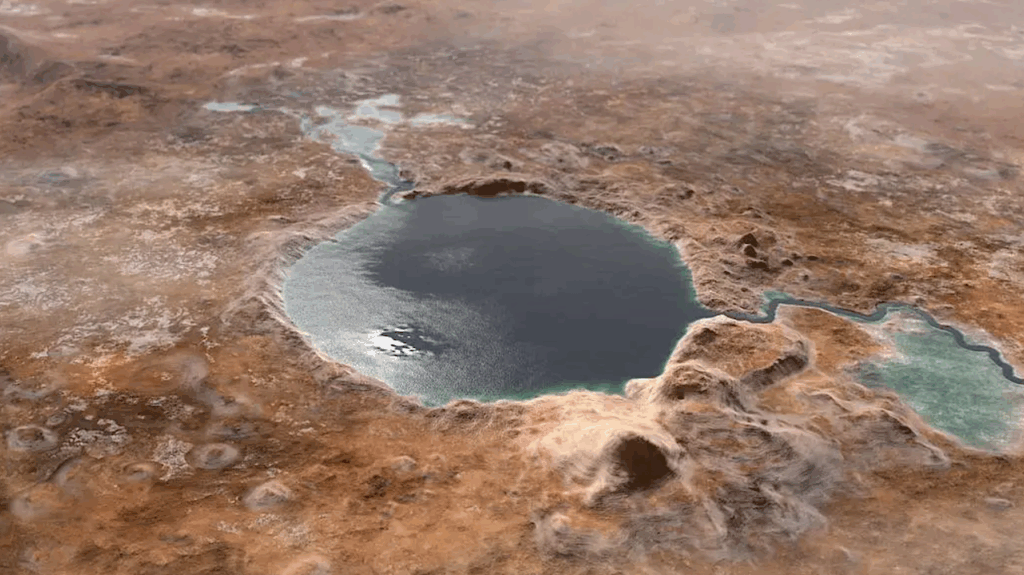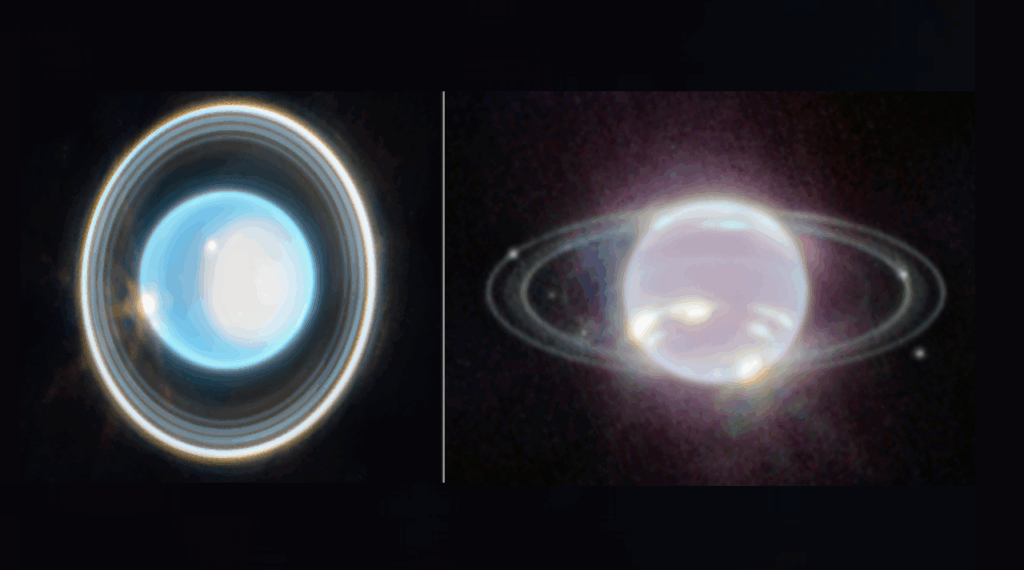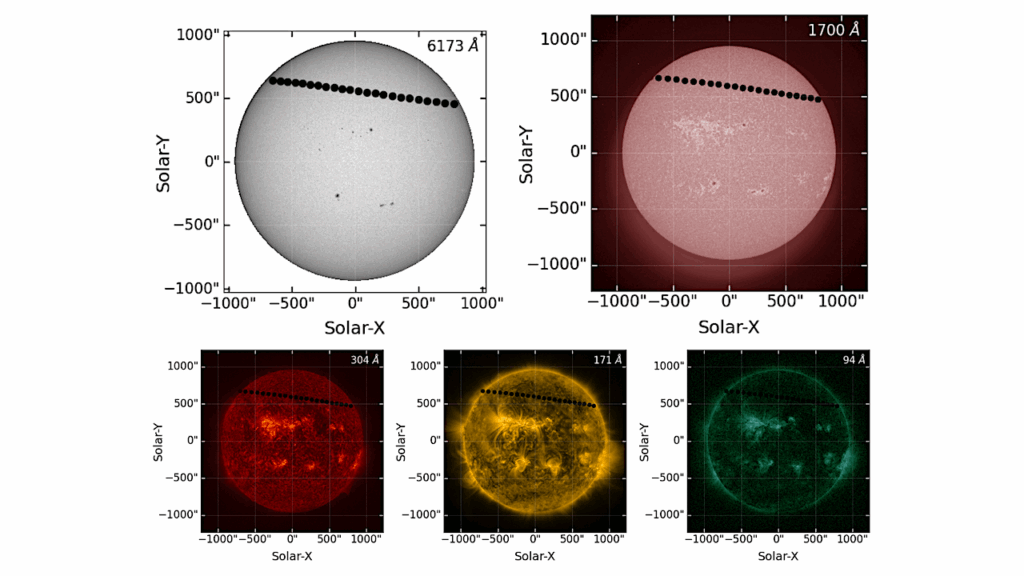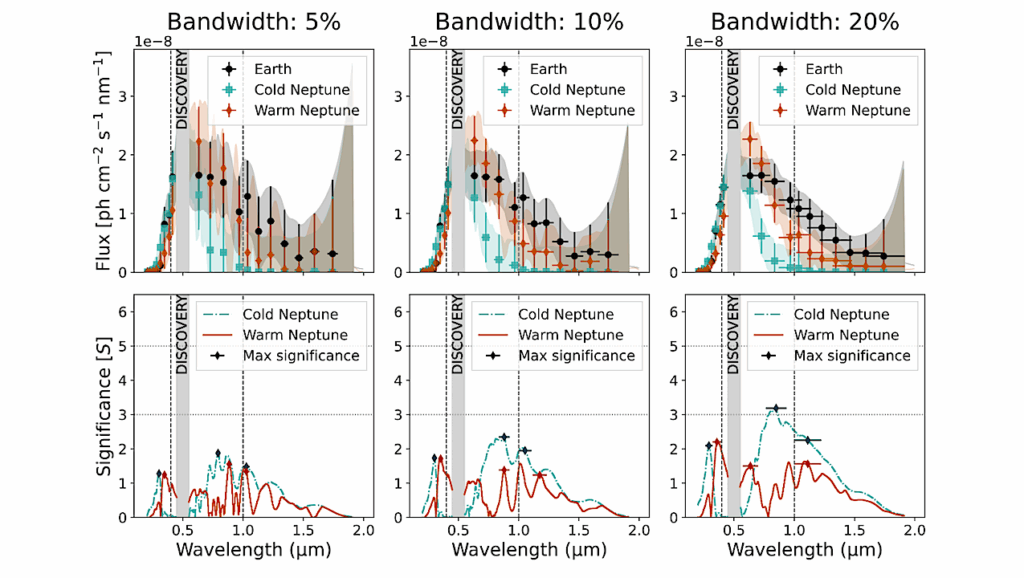Super-adiabatic Temperature Gradient at Jupiter’s Equatorial Zone and Implications For Water Abundance
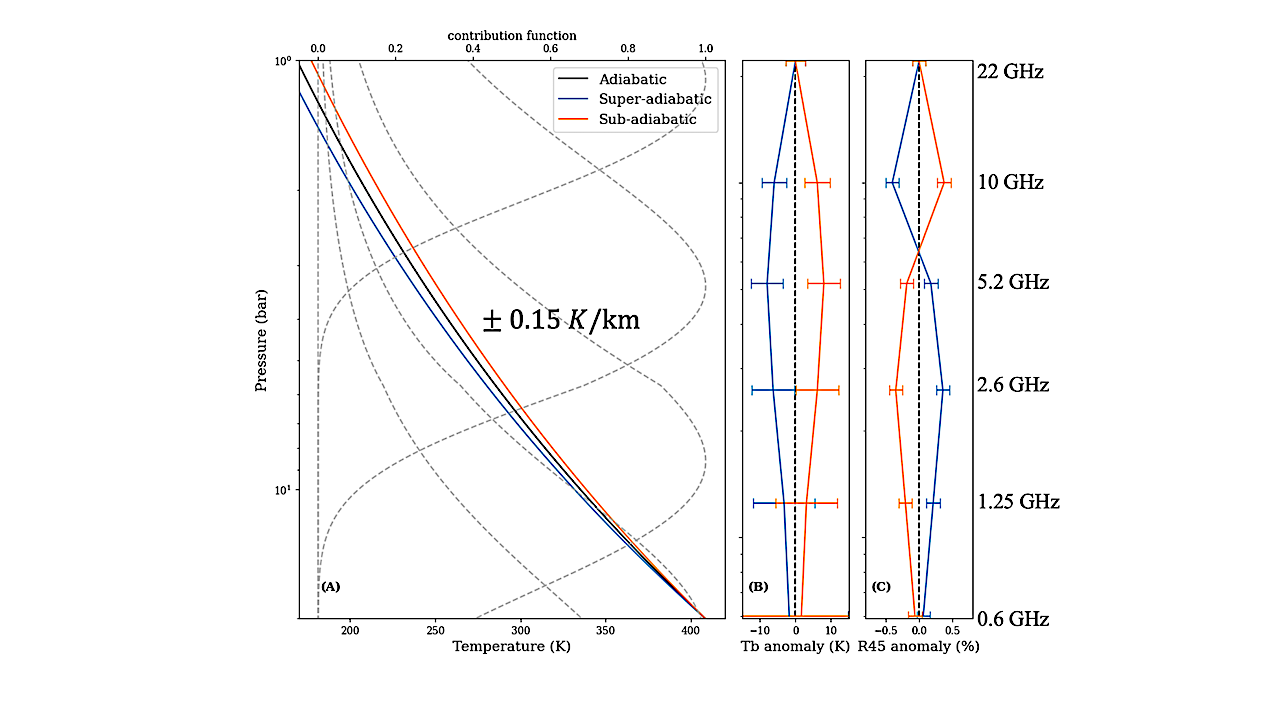
The temperature structure of a giant planet was traditionally thought to be an adiabat assuming convective mixing homogenizes entropy.
The only in-situ measurement made by the Galileo Probe detected a near-adiabatic temperature structure within one of Jupiter’s 5μm hot spots with small but definite local departures from adiabaticity. We analyze Juno’s microwave observations near Jupiter’s equator (0 ~ 5oN) and find that the equatorial temperature structure is best characterized by a stable super-adiabatic temperature profile rather than an adiabatic one.
Water is the only substance with sufficient abundance to alter the atmosphere’s mean molecular weight and prevent dynamic instability if a super-adiabatic temperature gradient exists. Thus, from the super-adiabaticity, our results indicate a water concentration (or the oxygen to hydrogen ratio) of about 4.9 times solar with a possible range of 1.5 ~ 8.3 times solar in Jupiter’s equatorial region.
Cheng Li, Michael Allison, Sushil Atreya, Shawn Brueshaber, Leigh N. Fletcher, Tristan Guillot, Liming Li, Jonathan Lunine, Yamila Miguel, Glenn Orton, Paul Steffes, J. Hunter Waite, Michael H. Wong, Steven Levin, Scott Bolton
Comments: 46 pages, 11 figures, accepted by Icraus
Subjects: Earth and Planetary Astrophysics (astro-ph.EP)
Cite as: arXiv:2403.05363 [astro-ph.EP] (or arXiv:2403.05363v1 [astro-ph.EP] for this version)
Related DOI:
https://doi.org/10.1016/j.icarus.2024.116028
Focus to learn more
Submission history
From: Cheng Li
[v1] Fri, 8 Mar 2024 14:52:22 UTC (5,988 KB)
https://arxiv.org/abs/2403.05363
Astrobiology,



